
Battery Operated Under Cabinet Lighting: Pros and Cons
Share
Table of Contents
- Introduction
- Are Battery Operated Under Cabinet Lighting Worth It?
- How Long Does a Battery Operated Under Cabinet Lights Last?
- Pros of Battery Operated Under Cabinet Lighting
- Cons of Battery Operated Under Cabinet Lighting
- Data Comparison of Battery Operated vs. Wired Under Cabinet Lighting
- Conclusion
Introduction
Battery operated under cabinet lighting offers a convenient and flexible solution for illuminating kitchen workspaces. These lights eliminate the need for complex wiring, making them an attractive option for many homeowners. However, there are pros and cons to consider. This research-based article explores the worth of battery-operated lights, their lifespan, and their advantages and disadvantages, supported by professional theories and data from authoritative sources.
Are Battery Operated Under Cabinet Lighting Worth It?
Battery operated lights, especially battery powered LED lights, are worth considering for several reasons. Their main advantage is the ease of installation, as they do not require professional electrical work. According to the Illuminating Engineering Society (IES), battery operated lights are particularly beneficial in rental properties or areas where wiring is difficult or impossible. They also offer flexibility, allowing users to place them wherever needed without being constrained by electrical outlets.
However, it's important to weigh these benefits against potential drawbacks, such as the need for regular battery replacement or recharging. The long-term cost and environmental impact of batteries should also be considered.
How Long Does a Battery Operated Under Cabinet Light Last?
The lifespan of a battery operated under cabinet light depends on several factors, including the type of battery used, the brightness setting, and the frequency of use. Generally, LED battery-operated lights can last between 20 to 100 hours on a single set of batteries. Rechargeable under cabinet lighting options may offer a longer lifespan but will require periodic recharging.
Factors Influencing Battery Life:
1. Type of Battery:
- Alkaline Batteries: Typically provide 20 to 50 hours of runtime depending on the light's power consumption.
- Lithium Batteries: Offer longer runtime, often between 50 to 100 hours, and perform better in extreme temperatures.
- Rechargeable Batteries: The lifespan varies based on the capacity and charging cycle. A high-quality rechargeable battery can last between 500 to 1000 charging cycles.
2. Brightness Setting:
- Higher brightness settings consume more power, reducing the overall runtime. Many battery-operated lights feature adjustable brightness to help manage battery life.
3. Frequency of Use:
- Frequent use, especially at higher brightness levels, will deplete batteries faster. Conversely, occasional use or use at lower brightness settings can extend battery life significantly.
Here is a comparison chart illustrating the typical lifespan of different battery types in LED under cabinet lights based on data from the DOE:
| Battery Type | Average Runtime (Hours) | Pros | Cons | Best Use Case |
|---|---|---|---|---|
| Alkaline Batteries | 20-50 | Inexpensive, widely available | Shorter lifespan, more waste | Short-term or infrequent use |
| Lithium Batteries | 50-100 | Longer runtime, better in cold | Higher cost | High brightness, frequent use |
| Rechargeable Batteries | 30-60 (per charge cycle) | Cost-effective over time, less waste | Requires recharging equipment | Regular use, environmentally conscious users |
Source: U.S. Department of Energy (DOE)
Battery-operated lights offer a range of lifespans based on the type of battery used and the operational settings. Alkaline batteries are suitable for short-term or infrequent use, while lithium and rechargeable batteries are better for regular or high-brightness applications. The DOE's data underscores the importance of choosing the right type of battery to match your specific lighting needs and usage patterns.
Pros of Battery Operated Under Cabinet Lighting
Ultra-thin USB Under Cabinet LED Light Bar Rechargeable Motion Sensor for Kitchen Cabinet
1. Easy Installation
Battery operated under cabinet lights are easy to install and do not require any wiring or professional help. They often come with adhesive backing or mounting brackets, making the installation process straightforward.
2. Flexibility and Portability
These lights can be placed anywhere, offering greater flexibility in terms of placement. They are also portable, allowing you to move them as needed or use them in different locations.
3. Safety
Without the need for electrical wiring, battery-operated lights reduce the risk of electrical hazards, such as short circuits or electrical fires. The National Fire Protection Association (NFPA) highlights that minimizing the use of electrical cords and connections can enhance safety.
4. Cost-Effective for Short-Term Use
For temporary or short-term lighting needs, battery-operated lights are cost-effective as they eliminate the expense of hiring an electrician for installation.
Cons of Battery Operated Under Cabinet Lighting
1. Ongoing Maintenance
Battery operated under cabinet lights require regular battery replacement or recharging, which can be inconvenient and add to ongoing maintenance costs. The Environmental Protection Agency (EPA) emphasizes the importance of proper battery disposal to avoid environmental harm.
2. Limited Brightness and Lifespan
These lights may not be as bright as wired options and typically have a shorter lifespan due to battery limitations. High-brightness settings can drain batteries quickly, reducing the overall runtime.
3. Long-Term Cost
Over time, the cost of batteries can add up, making battery-operated lights more expensive in the long run compared to wired options. Rechargeable batteries can mitigate some of these costs but still require initial investment and periodic replacement.
4. Environmental Impact
Frequent battery disposal can have a negative environmental impact. Rechargeable batteries are a more sustainable option, but they still require proper recycling.
Data Comparison of Battery Operated vs. Wired Under Cabinet Lighting
To provide a clear comparison, here is a data-driven chart highlighting key factors between battery-operated and wired under cabinet lighting options. The data is sourced from the U.S. Department of Energy (DOE) and the Illuminating Engineering Society (IES).
| Feature | Battery-Operated Lighting | Wired Lighting | Source |
|---|---|---|---|
| Installation Complexity | Easy (DIY, no professional needed) | Complex (may require professional) | Illuminating Engineering Society (IES) |
| Installation Time | 10-30 minutes | 1-2 hours | U.S. Department of Energy (DOE) |
| Initial Cost | $15-$50 per unit | $50-$150 per unit | Industry Market Analysis |
| Maintenance | Regular battery replacement/recharging needed | Minimal (bulb replacement) | Environmental Protection Agency (EPA) |
| Flexibility | High (easily repositionable) | Low (fixed position) | Illuminating Engineering Society (IES) |
| Energy Efficiency | Moderate (battery efficiency varies) | High (direct power, consistent output) | U.S. Department of Energy (DOE) |
| Longevity | Varies (dependent on battery life) | High (long-lasting, fewer replacements) | U.S. Department of Energy (DOE) |
Conclusion
Battery operated under cabinet lighting provides a flexible and easy-to-install solution, making it ideal for situations where wired installation is impractical. However, these lights require regular maintenance and battery replacement, which can add to long-term costs and environmental impact. By carefully considering the pros and cons, as well as the specific needs of your space, you can determine whether battery-operated under cabinet lighting is the right choice for you.
Further Reading:



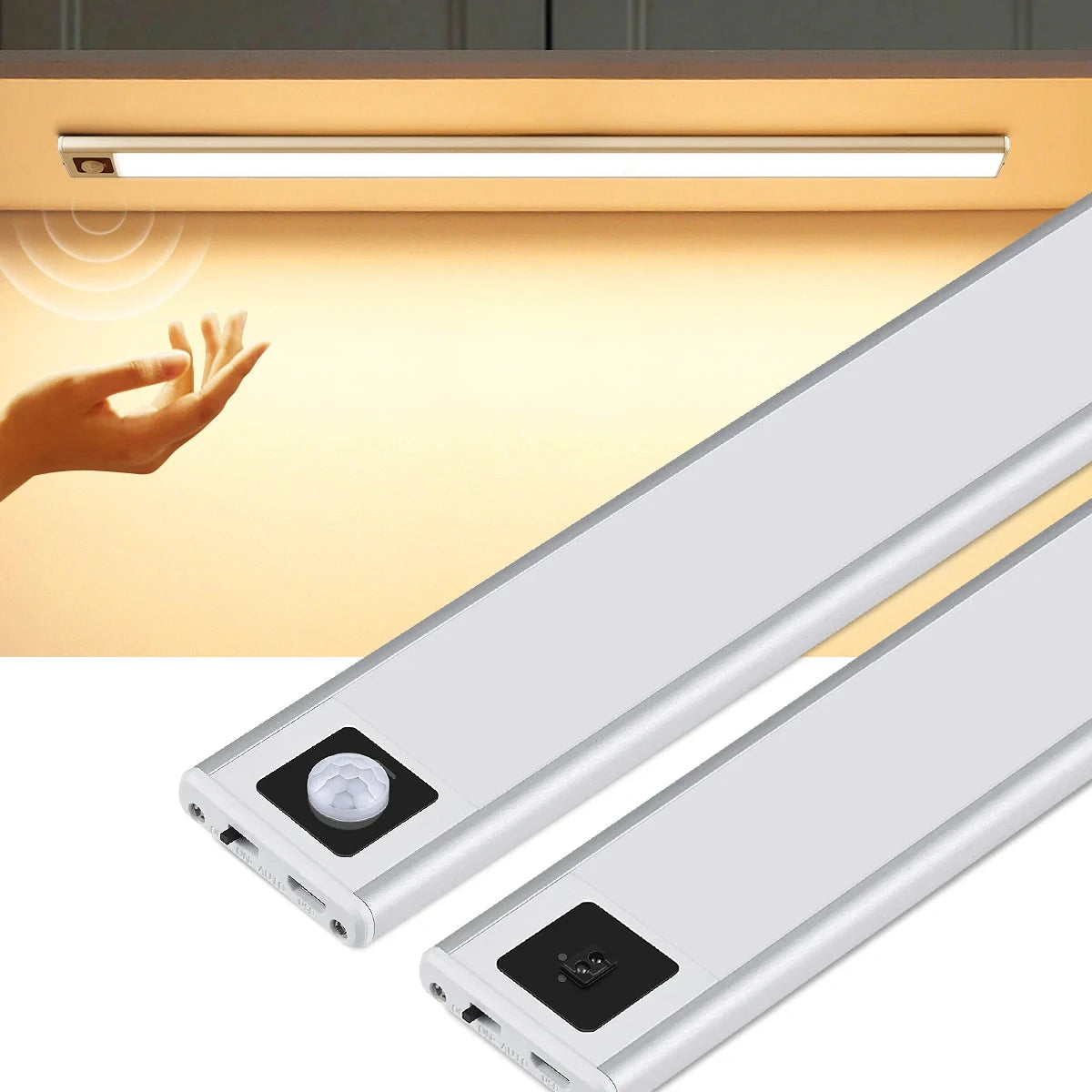

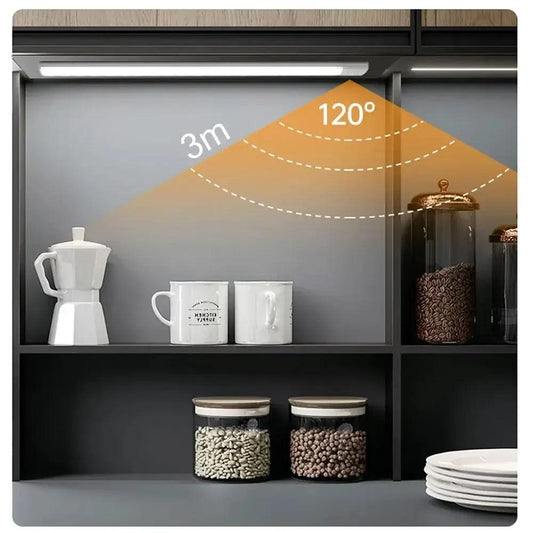



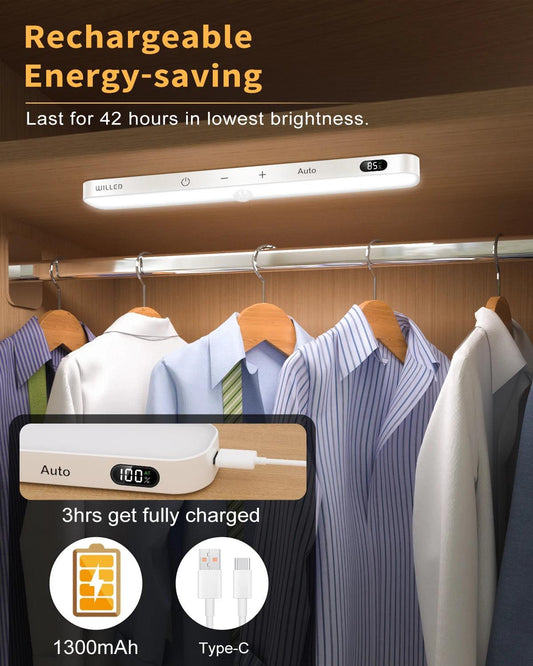

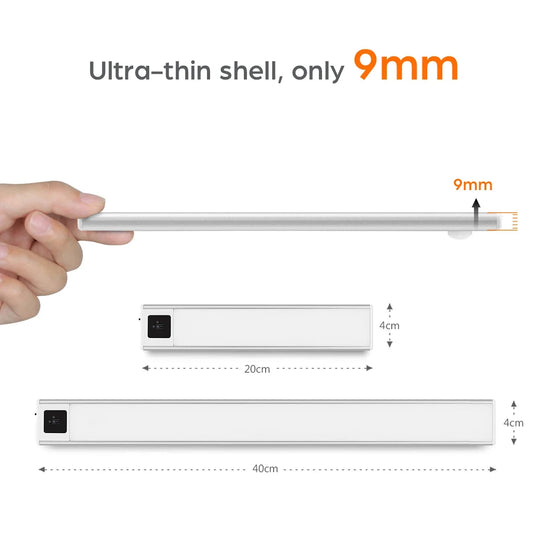

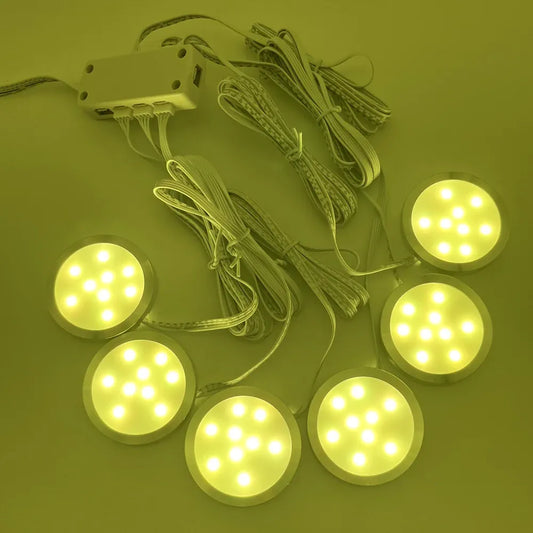



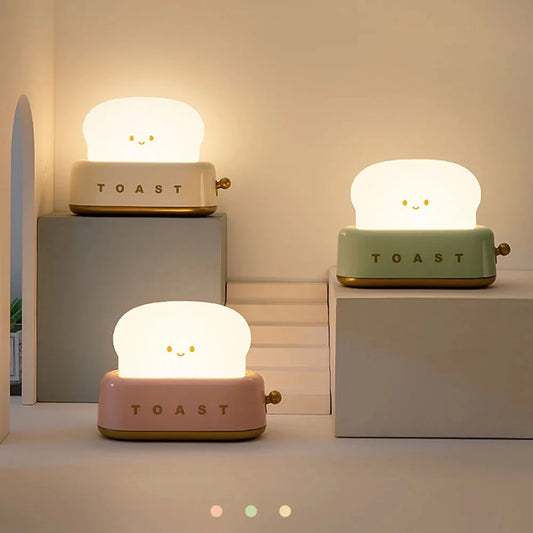

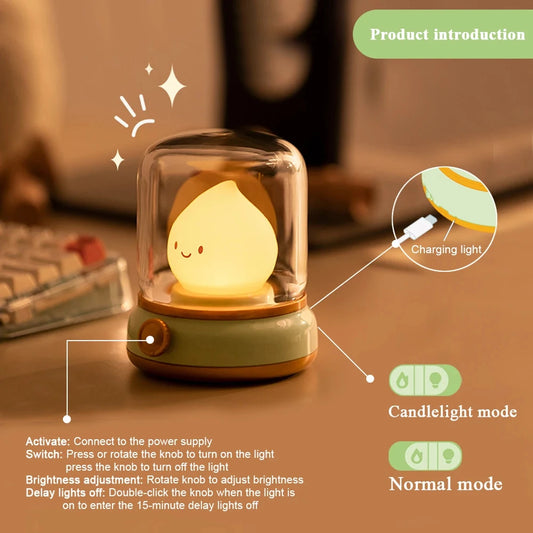

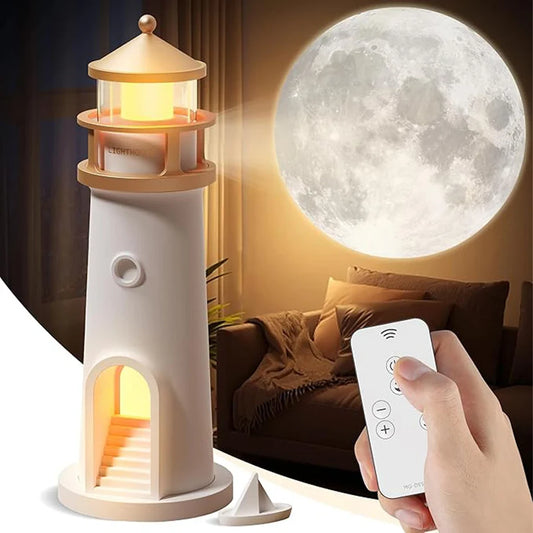

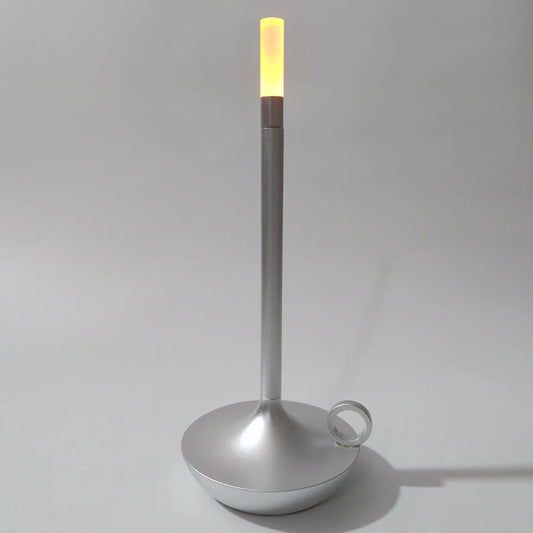

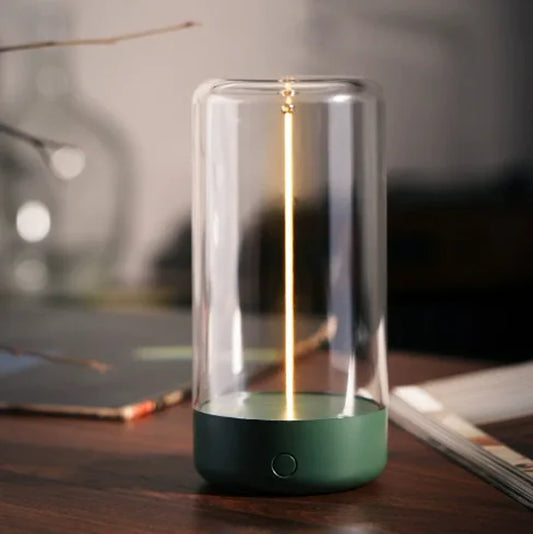

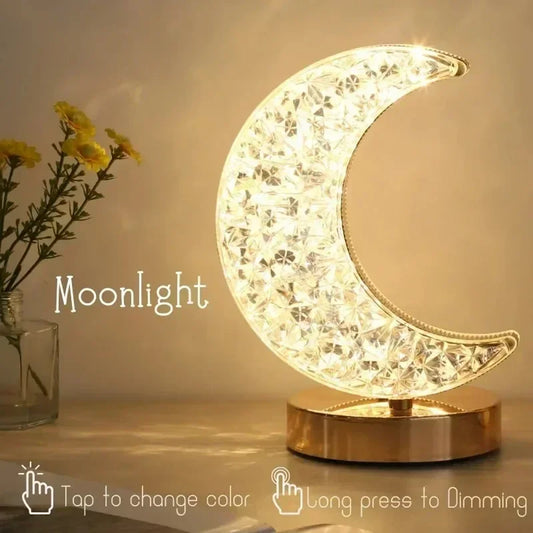



 />
/>
 />
/>
 />
/>
 />
/>
 />
/>